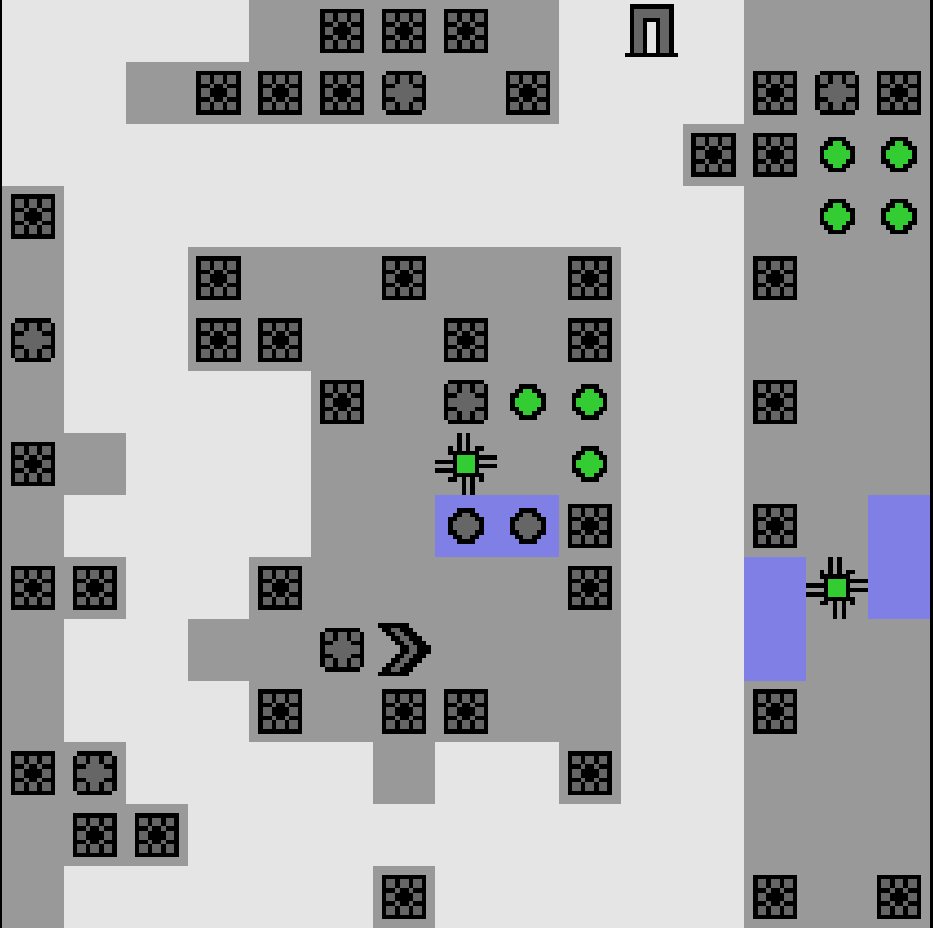Negative side effects
Contents
Negative side effects#
In brief#
Negative side effects are an important safety issue in AI system that considers all possible unintended harm that is caused as a secondary effect of the AI system’s operation. An agent can disrupt or break other systems around, or damage third parties, including humans, or can exhaust resources, or a combination of all this. This usually happens because many things the system should not do are not included in its specification. In the case of AI systems, this is even more poignant as written specifications are usually replaced by an optimisation or loss function, in which it is even more difficult to express these things the system should not do, as they frequently rely on ‘common sense’.
More in detail#
Negative Side Effects are unanticipated or unintended effects caused by an AI system during operation. Negative side effects are a key issue within the AI safety literature [1] and typically stem from the difficulty of fully articulating everything that we want the AI system not to do. Negative side effects can be of two kinds, related to some preservation of the environment or related to the use of resources. For instance, a clumsy incompetent agent may break everything around it [2], not preserving things that should be unrelated to the goal. On the other hand, a very proficient agent may exhaust all available resources and disrupt any other agent (machine or human) that interferes with its goals [3]. Recognising these two different causes for side effects is crucial for the design of safer AI systems.
There are a number of proposed methods for measuring the negative side effects caused by a system [4, 5, 6], but a recurring theme is based on estimating counterfactual scenarios in which the system was not present (or acted differently), and comparing the changes in the state of the world. Alternatively, in some approaches for mitigating side effects, these are set externally (marked safe areas) or incorporated as a “secondary objective” [7] for which trade-offs are found. But in these approaches side effects just become part of the specification or the optimisation function, significantly deviating from the original definition of side effect.
For machine learning systems, the real challenge of side effects is that many of them are not known during training, and they cannot be incorporated as a regulariser in the target function to be optimised. In many cases, this information is not even available to the agent during operation, so we cannot modify the agent’s behaviour according to this information, such as marking some forbidden areas of operation.
While some other safety issues in RL have received important attention [8], dealing with side effects is still mostly unexplored, especially in realistic situations where the agent does not have any feedback about side effects during training or operation. Also, the analysis of AI safety in reinforcement learning has usually been conducted with toy scenarios, not having the complex interaction of the real world. SafeLife [9] is an exception in this landscape, as a very rich and full ecosystem where many complex behaviours and effects can be analysed.

Fig. 23 An example task instance from SafeLife. The agent  must create life
structures
must create life
structures  in the designated blue positions before moving to the goal
in the designated blue positions before moving to the goal  .
Ideally the agent should not disturb the green life cells
.
Ideally the agent should not disturb the green life cells  .#
.#
Fig. 23 gives the visual representation of a state of a SafeLife instance. There we can see that achieving the goals can be done carefully so that the green life cells are not disturbed. The real challenge is when the system is not informed explicitly (as part of the reward or a constraint) that the green life cells should not be disturbed. In this case, only agents that try to be minimise changes that are not necessary for the goals will be expected to have low side effects.
Bibliography#
- 1
Dario Amodei, Chris Olah, Jacob Steinhardt, Paul Christiano, John Schulman, and Dan Mané. Concrete problems in AI safety. 2016.
- 2
Sandhya Saisubramanian, Shlomo Zilberstein, and Ece Kamar. Avoiding negative side effects due to incomplete knowledge of ai systems. arXiv preprint arXiv:2008.12146, 2020.
- 3
Roman V Yampolskiy. Artificial intelligence safety and security. CRC Press, 2018.
- 4
Stuart Armstrong and Benjamin Levinstein. Low impact artificial intelligences. arXiv preprint arXiv:1705.10720, 2017.
- 5
Jan Leike, Miljan Martic, Victoria Krakovna, Pedro A. Ortega, Tom Everitt, Andrew Lefrancq, Laurent Orseau, and Shane Legg. Ai safety gridworlds. 2017. arXiv:1711.09883.
- 6
Alexander Matt Turner, Dylan Hadfield-Menell, and Prasad Tadepalli. Conservative agency via attainable utility preservation. Proceedings of the AAAI/ACM Conference on AI, Ethics, and Society, Feb 2020.
- 7
Sandhya Saisubramanian, Ece Kamar, and Shlomo Zilberstein. A multi-objective approach to mitigate negative side effects. In Proceedings of the 29th International Joint Conference on Artificial Intelligence. 2020.
- 8
Javier Garcıa and Fernando Fernández. A comprehensive survey on safe reinforcement learning. Journal of Machine Learning Research, 16(1):1437–1480, 2015.
- 9
Carroll L. Wainwright and Peter Eckersley. Safelife 1.0: exploring side effects in complex environments. 2019. arXiv:1912.01217.
This entry was written by Jose Hernandez-Orallo, Fernando Martinez-Plumed, Santiago Escobar, and Pablo A. M. Casares.
